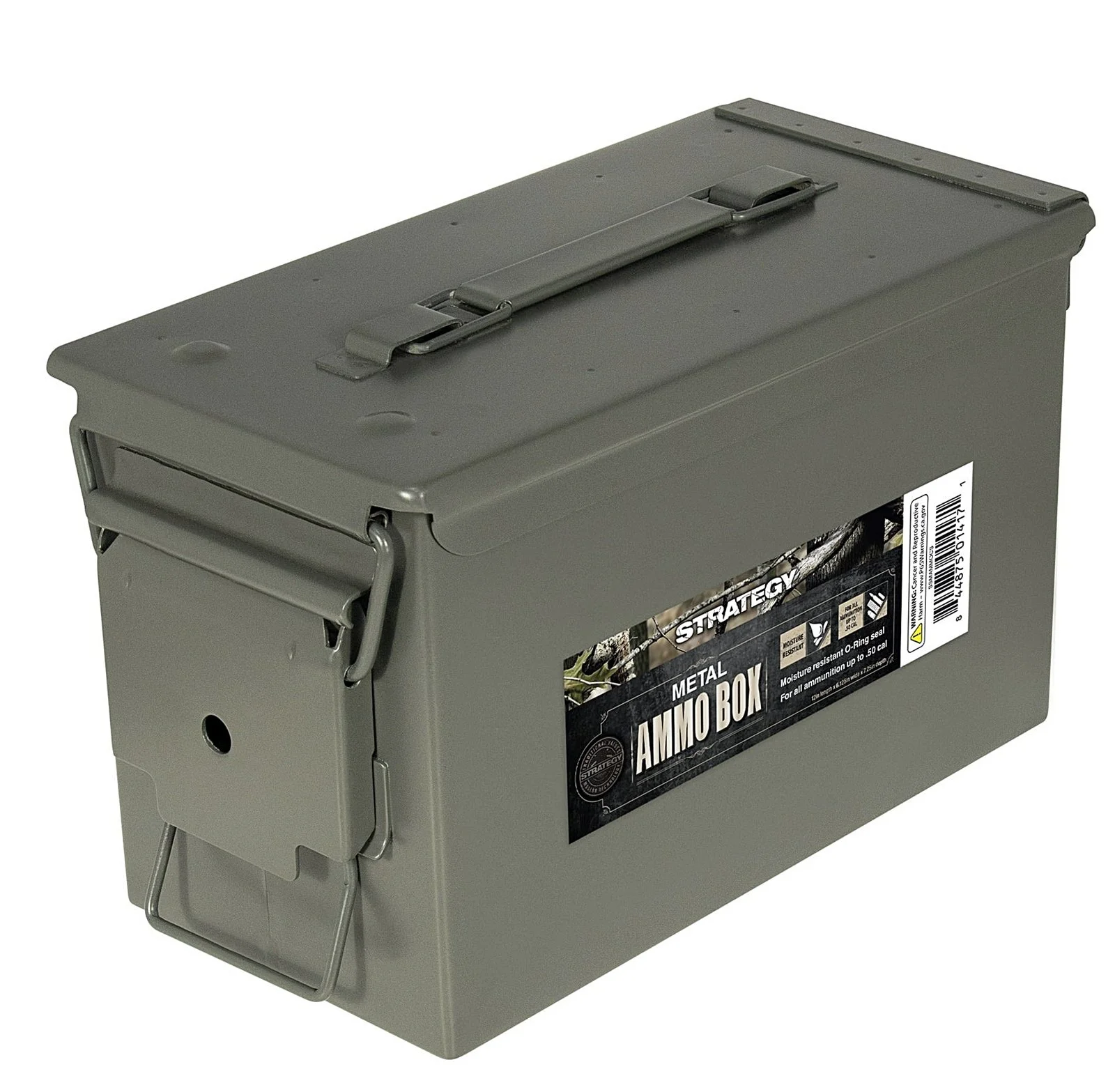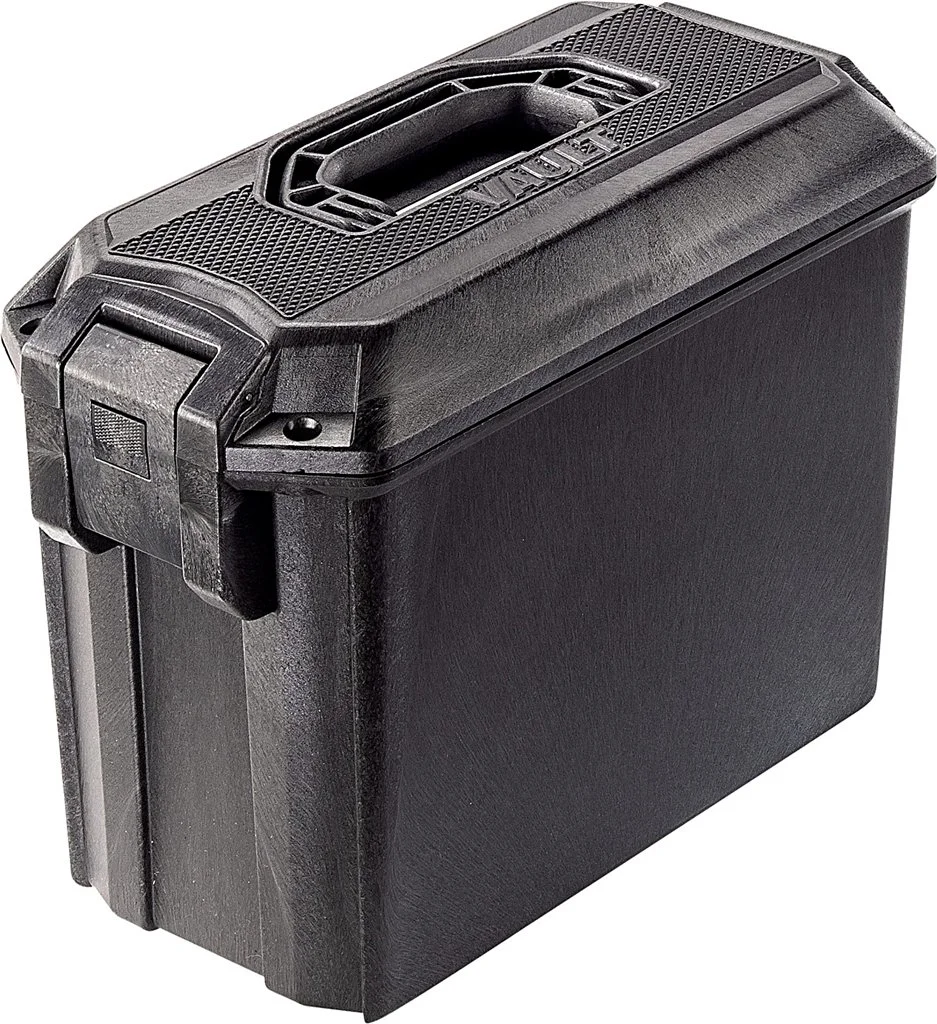Ammunition Talk
Information on storage, care and some history on the least understood element of handgun use, the ammunition that feeds it.
Target/Training Ammo
vs
Self-Defense Ammo
The term target/training ammo was invented in my lifetime. The most common ammunition in the world is the 9x19mm Parabellum (9mm), in a full metal jacket (FMJ). This round that we routinely call a target round has dropped men on the battlefield since around 1906.
Here is a link to a great article from Emily Deugan that explains how this round got started.
In 1963 a man named Lee Jurras changed handgun ammunition from the FMJ of the battlefield to what we now refer to as “self-defense” ammunition, the jacketed hollow point. Lee Jurras formed the company,,,,,
Super Vel
Click on the image for retail sales information
Ammunition Storage & Care
There is a large amount of information out there on ammo storage and how to take care of it. Much of this information is exactly the same advice repeated over and over again. The only difference is that the writers simply added their own photographs and videos of their collection.
There are some important common denominators in all this information.
Keep your ammunition in a dry, dark place and in an environment that does not experience large temperature fluctuations, ideally between 55 F and 85 F. Here is an interesting article on ammunition exposed to high temperature,,,,
Hot Cars and Ammunition
Keep the ammo in a sealed container that keeps moisture out, use desiccants or moisture absorbers inside your containers.
Keep the ammo in a container designed for ammo storage and keep the ammo away from the cleaning table.
Some Thoughts To Consider On Firearms and Ammunition.
In this Country we have the right to own and store pretty much whatever our budget will allow us. With the proper licenses, the sky is the limit on what we can own. All this freedom comes with a downside, it can easily cloud your common sense,,,,,, been there!
Do you stockpile ammunition, if so be smart about it.
My next question would be, ‘If circumstances dictated that your family had “1” hour notice, or even “1” day notice to vacate your home, what would become of your firearms and ammunition?”
How would you move them? Can you take all of them? What firearms will go with you and which ones will stay? These 3 questions must be answered now. Decide on what is going and have a “travel ammo box” already loaded with the ammo to support the firearms you are taking. You can’t take them all.
A travel ammo box/container should be a “hard shell” type not a soft tool bag. It should have wheels, because you will have it loaded with a lot more ammo than a “system bag” (read below).
Don’t keep everything you own at your home. There are several “off-site” storage options available. Remember what happened in New Orleans during Katrina.
Do you have a “Firearm System” readily available?
For example, if your daily carry is a Glock 19, there should be a carry bag that contains all the equipment you need to keep that Glock running. This bag stays at home and is always available to grab and go. Don’t take items from this “system bag”, only rotate items when necessary. Mark this bag so it is easily identifiable.
Ammunition (a few hundred rounds only, weight is crucial)
Extra magazines. (loaded)
Light - handheld or weapon mounted (extra batteries)
Batteries for optics.
Select holsters.
Small cleaning kit.
The items in that “system bag” will vary according to the type of firearm the bag is assigned to.
This is what I mean by a
“Firearm System”
There is no magic caliber and no one particular handgun that is the “Best Choice” for home protection or EDC (every day carry). Sometimes a student will bring a .22 caliber handgun to the course I teach. That is perfectly fine, a .22 caliber handgun loaded with CCI Stingers will definitely get the job done. Remember that , “Shot Placement Is King”.
Every weekend I spend time at the range talking to my friends. This range is inside one of the largest retail gun stores in Broward County. When a customer approaches the counter at the range, we are able to guess with 80% accuracy the name of the store employee who sold the customer the handgun. Gun store salesmen have a bad habit of pushing the brand that they like to shoot or they push the “Flavor Of The Month”. Beware of this, not every handgun fits all hands. Learn what is important in choosing the right handgun for you.
Here are a couple of links to Florida law in regard to firearm storage and ammunition.
Safe storage of firearms required.
Armor-piercing or exploding ammunition or dragon’s breath shotgun shells, bolo shells, or flechette shells prohibited. Any person who possesses an armor-piercing bullet or exploding bullet with knowledge of its armor-piercing or exploding capabilities loaded in a handgun, or who possesses a dragon’s breath shotgun shell, bolo shell, or flechette shell with knowledge of its capabilities loaded in a firearm, is guilty of a felony of the third degree, punishable as provided in s. 775.082, s. 775.083, or s. 775.084.
Cartridge & Bullet Videos
Select videos on cartridges and bullets from the NRA.
Firearm Basics: Cartridge Case Material
Firearm Basics: Parts of a Cartridge
Firearm Basics: How a Cartridge Works
Firearm Basics: Types of Bullets
What Happens When Ammo Burns? Sporting Ammunition and the Fire Fighter | SAAMI.org











